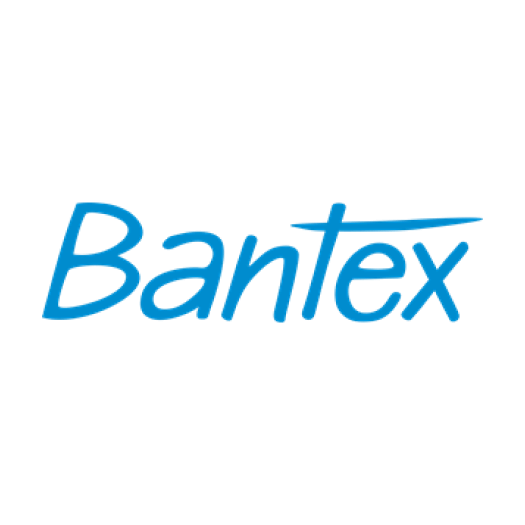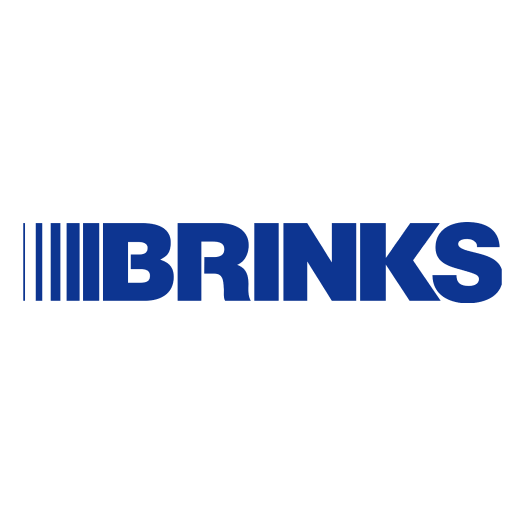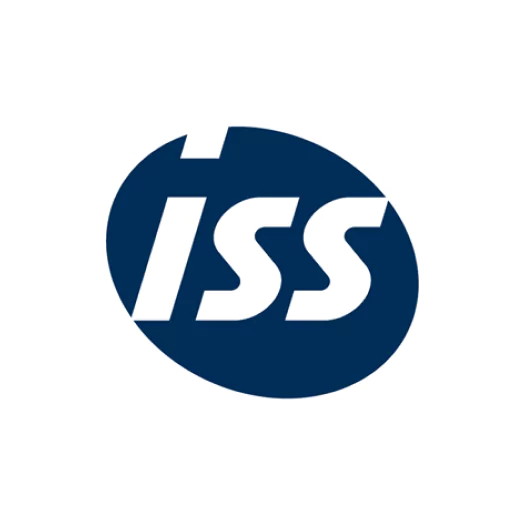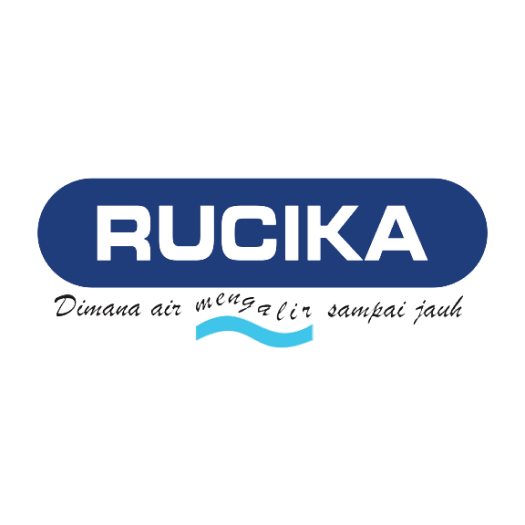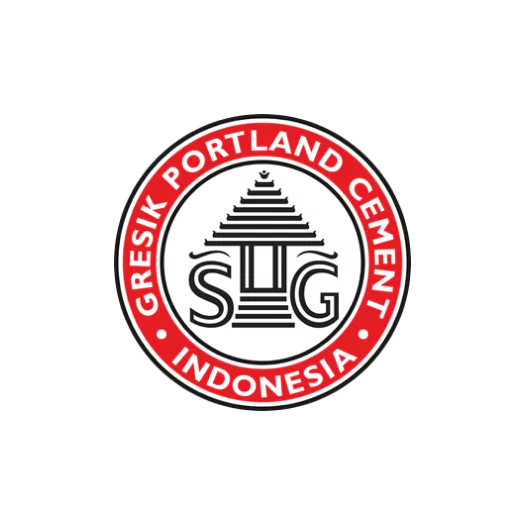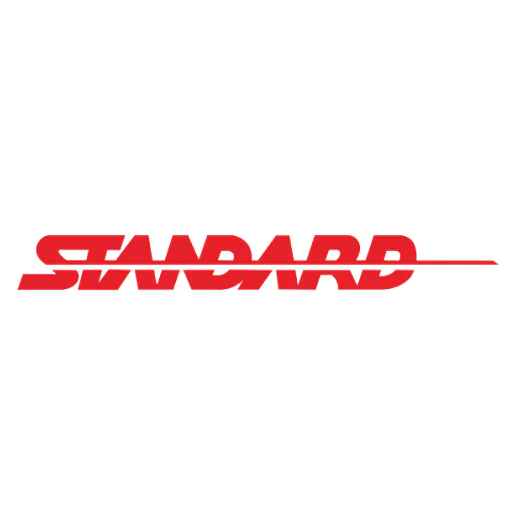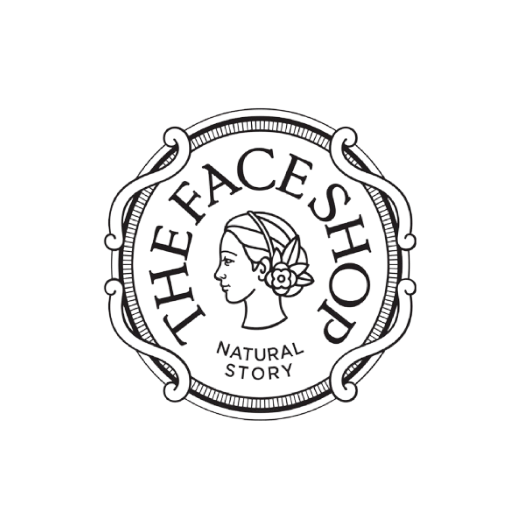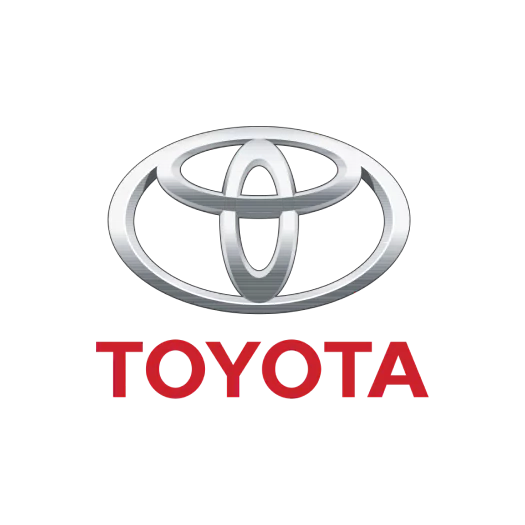In Malaysia’s competitive business landscape, hiring great people is no longer sufficient. Companies that neglect talent management miss out on significant potential gains and risk falling behind.
Talent management goes beyond hiring; it’s about strategically attracting, developing, and retaining top performers. Without this focus, businesses may struggle to maintain a high-performing workforce.
HashMicro Talent Management offers tools to streamline these processes, ensuring your team is skilled and aligned with business goals. By leveraging such solutions, companies can enhance their talent strategies and drive success.
In this article, we will explore effective talent management strategies and how they can transform your workforce. Discover how the right approach can propel your business to new heights!
Key Takeaways
|
Table of Content
Content Lists

What is Talent Management?
Talent management is a strategic approach where HR identifies, nurtures, and keeps employees who are vital to the company’s goals. By matching roles to employees’ skills and potential, HR ensures that the organization performs well and grows. The concept of talent management meaning focuses not only on present abilities but also on future potential, helping employees grow personally and contribute significantly to the organization over time.
Apart from role assignments, talent management includes offering professional development opportunities like employee training, mentoring, and skill-building programs. This organized approach creates a supportive environment that promotes high performance and strengthens loyalty.
Components of Talent Management

Good talent management is crucial for developing a skilled, motivated workforce that helps the business succeed. Supported by HRIS systems, it involves various HR initiatives that help companies attract, train, and retain great employees. By focusing on certain components, companies can help employees reach their full potential and create a culture of constant improvement and involvement.
- Unified HR Process: Connects recruitment, onboarding, training, and retention into a consistent strategy to improve structure and reliability.
- Attract, Develop, Retain: This approach is about drawing in top talent, offering growth opportunities, and keeping employees engaged for long-term success.
- Performance-Focused Culture: Creates a space where employees feel valued and inspired, leading to better performance and loyalty.
These elements provide a base for a strong framework, boosting individual performance and supporting the company’s ongoing growth and stability.
The Talent Management Process
Implementing talent management effectively requires a structured approach that guides employees through each stage of their journey within the organization. These stages work together to ensure that the right talent is brought in, nurtured, and supported as they grow within the company.
Here are the core stages of the process:
1. Planning
This initial step involves HR defining roles and job descriptions that align with business goals. It sets the stage for a streamlined recruitment and development process.
2. Attracting Talent
Once roles are outlined, HR focuses on attracting qualified candidates both internally and externally. Utilizing social media and career platforms helps promote the company’s employer brand and draw in top talent.
3. Selecting the Right Fit
HR uses a structured selection process, including interviews, assessments, and psychometric tests, to identify candidates whose skills and values align with organizational goals.
4. Developing Employee Skills
Beyond onboarding, this stage emphasizes continuous development through training, mentoring, and job rotation. Such investments enhance employee satisfaction and support organizational performance.
5. Retaining Top Talent
Retention strategies, including career advancement, recognition, and decision-making opportunities, help keep skilled employees engaged and committed to the organization.
6. Transitioning for Organizational Growth
This involves supporting employees through career transitions, from promotions to retirement planning, ensuring smooth changes that benefit both the employee and the organization.
Each stage is crucial for creating a strong talent management system that attracts and develops talent, builds long-term loyalty, and prepares for future growth. Using the best HR software Malaysia offers can make this process easier and more effective at every stage.
Benefits of Talent Management for Companies and Employees

Talent management can significantly impact how both companies and employees thrive. Here’s how it benefits both sides:
- Aligning Skills with Roles: Matching employees with roles that suit their strengths boosts productivity and job satisfaction. This alignment helps with retention, as people feel valued in positions that fit them well. Integrating payroll software Malaysia can further enhance this by ensuring fair compensation aligned with roles.
- Building a Talent Pipeline: Effective retention strategies keep top talent engaged and committed, creating a reliable pool of skilled employees ready to meet future needs. Providing clear and accurate payslip can also reinforce trust and transparency, further supporting retention efforts.
- Improving Recruitment Efficiency: Streamlined hiring processes help attract quality candidates quickly, reducing downtime and ensuring roles are filled with the best talent.
- Fostering a Competitive Edge: Regular skill development and training keep the company competitive in a fast-paced market. This proactive approach positions the business as a leader in its industry.
- Enhancing Employee Engagement: Talent management creates a supportive work environment where employees feel appreciated. Engaged employees are more likely to contribute actively to the company’s success.
- Promoting Internal Growth: Offering opportunities for internal growth and promotion reduces the need for external hires, builds employee loyalty, and strengthens the company’s internal expertise.
With these benefits, talent management helps build a strong, engaged team that’s ready to grow alongside the company.
Managing Talent with HashMicro’s HR Software
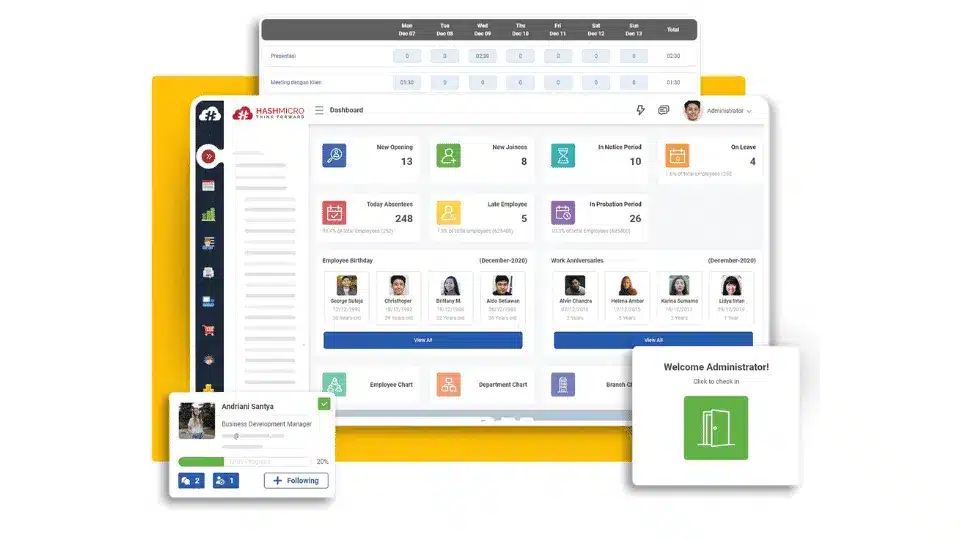
HashMicro’s HR software offers a comprehensive solution for managing talent within your organization. Designed to streamline HR processes, this software empowers companies to attract, develop, and retain top talent by integrating essential tools for an efficient talent management system.
Here’s how HashMicro’s software supports your team:
- Talent Management with KPI Tracking: Easily monitor employee performance against key goals, giving managers and HR teams a clear view of everyone’s progress.
- Employee Development & Training with eLearning: Create development plans and provide eLearning resources so employees can build new skills and continue learning over time.
- In-Depth Performance Analysis with Nine-Box Matrix: Get a visual overview of employee performance and potential, helping HR make informed decisions about promotions and development.
- Competency Gap and Match Evaluation: Identify skill gaps and match employee strengths with roles that suit them best, ensuring each team member is well-placed.
- 360-Degree Appraisals: Gather feedback from managers, peers, subordinates, and external reviewers, offering a comprehensive view of each employee’s performance.
With these features, HashMicro’s HR software makes it easy to manage talent and create a supportive, productive workplace. This tool not only simplifies HR tasks but also helps your team grow and succeed together.
Conclusion
Talent management is essential for building a high-performing, engaged workforce that aligns with business goals. By strategically managing each phase of the employee journey, organizations can attract and retain top talent while fostering a culture of growth and productivity. Implementing a robust talent management framework ensures that employees are well-positioned for both personal and organizational success.
HashMicro’s HR software simplifies this process by providing the tools needed for effective talent management. With features like KPI tracking, employee training, and comprehensive performance analysis, this software empowers HR teams to build a well-aligned, skilled team. Ready to explore the potential? Try HashMicro’s free demo today and see how it can transform your HR operations.

FAQ about Talent Management
-
What are the 5 core functions of talent management?
The five core functions of talent management are attracting, developing, retaining, rewarding, and transitioning employees. These functions ensure that the right talent is brought in, nurtured, and supported throughout their career journey, aligning with organizational goals.
-
Is talent management the same as HR?
Talent management is a subset of HR focused specifically on attracting, developing, and retaining skilled employees. While HR encompasses a broader range of functions, including payroll and compliance, talent management zeroes in on optimizing employee potential and performance.
-
What is the role of a talent manager?
A talent manager is responsible for identifying, developing, and retaining top talent within an organization. They create strategies for employee training, performance development, and career progression to ensure alignment with business objectives and foster a productive work environment.







